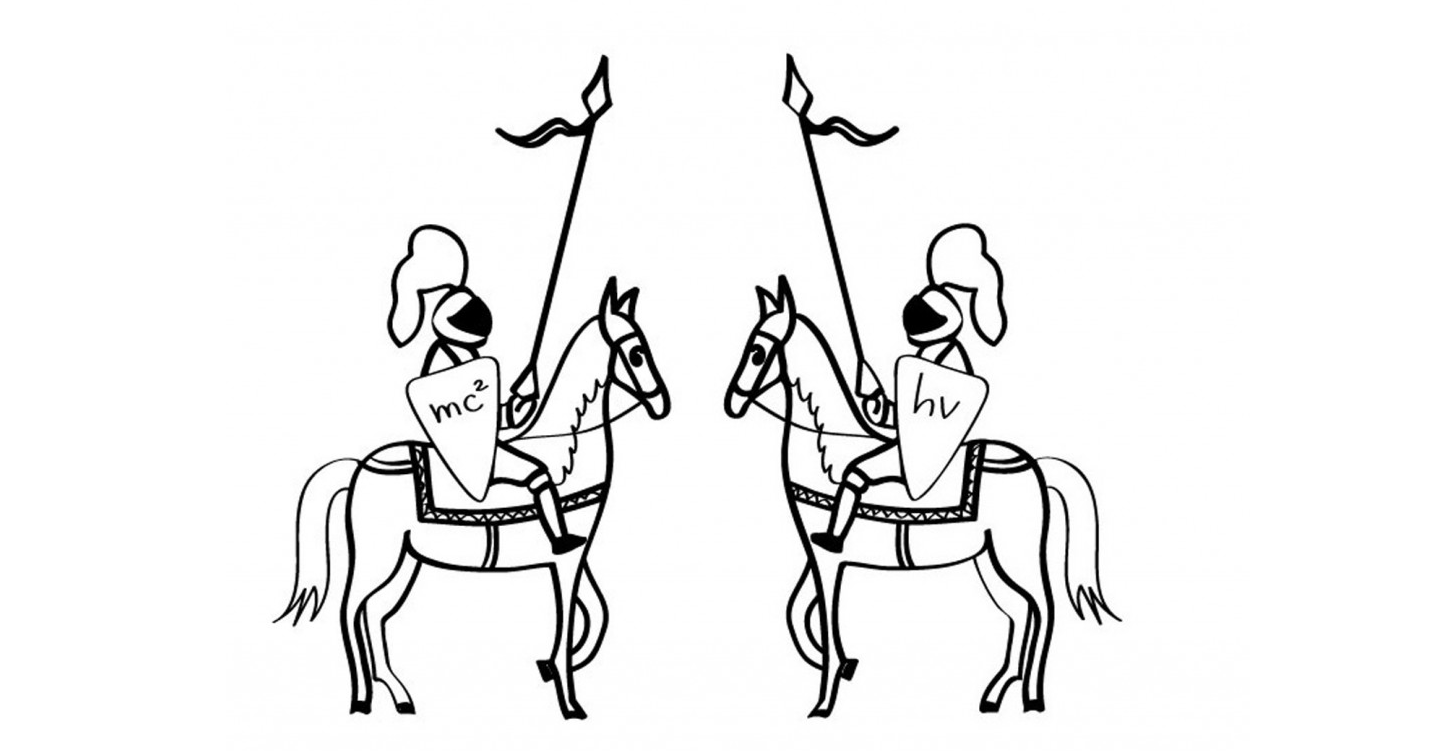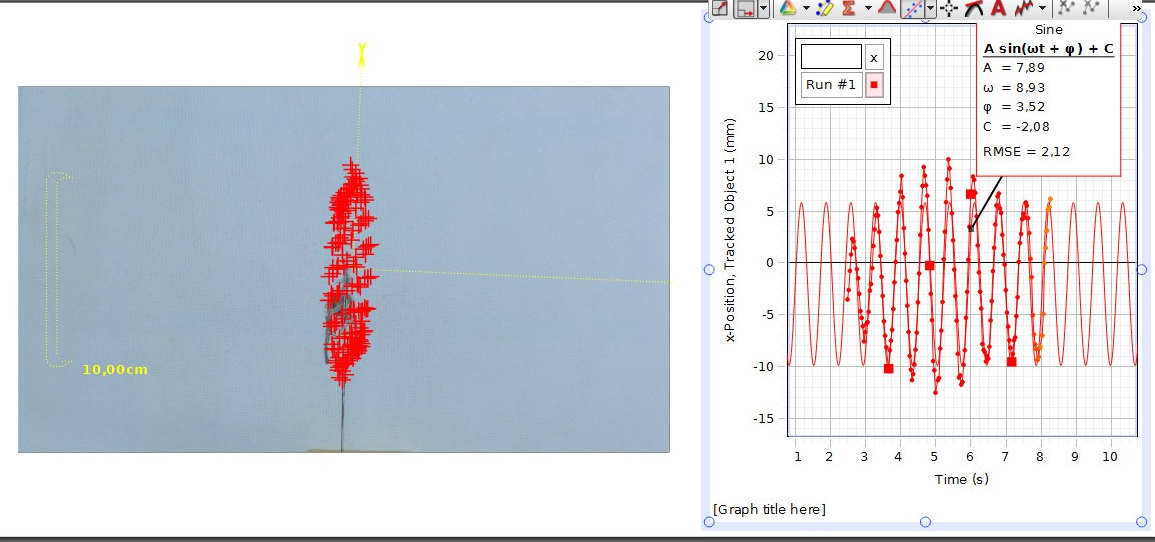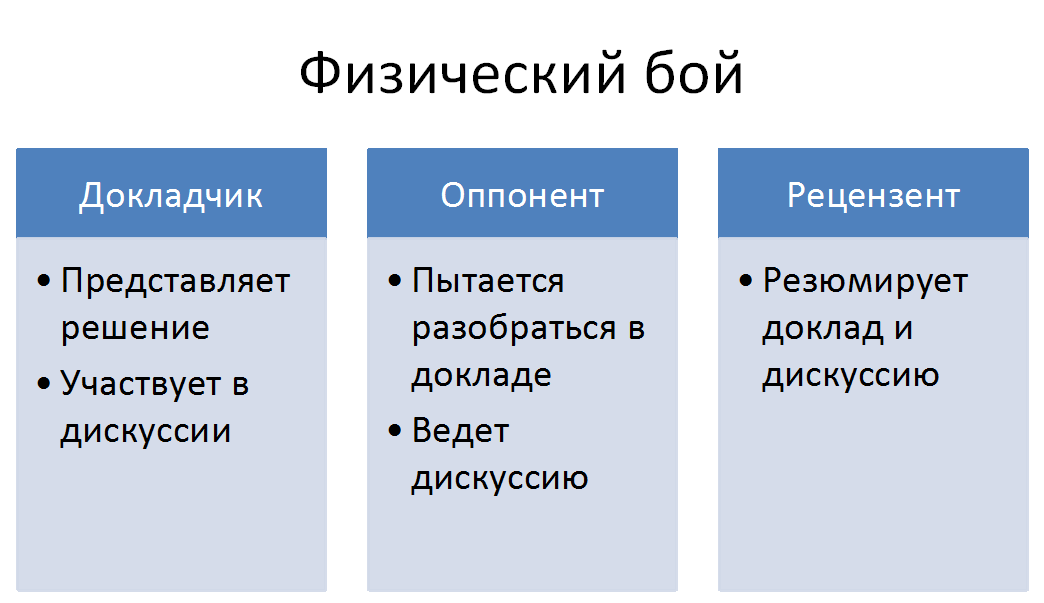Tournament of young physicists
Physics is an interesting and fascinating science. How many unusual phenomena with its help can be explained. Usually scientists, professors, in short, people with higher education are engaged in the study of complex phenomena. But the tournament of young physicists (hereinafter TYUF) is an opportunity for high school students and not only to feel like real scientists and researchers.

Still, what is the tournament of young physicists?
It all starts with the publication on the website of the international tournament of young physicists of seventeen tasks in the middle of summer. Following is the translation of tasks on the site of the All-Russian tournament, as well as the reference kit .
')
It is worth noting that the tasks are research, that is, they require a lot of experiments and experiments, physical substantiation, both qualitative and quantitative.
In early September, ten of the seventeen tasks for the Siberian tournament , which runs two months before the All-Russian, namely in early February, are published. Next, the teams begin to prepare for the tournament.
At this point I will tell you how my team is preparing. At first, we all read and superficially analyze the conditions of the tasks, then everyone chooses a task for himself (we have such a setup that everyone solves his own task, of course we advise between each other, but with such a setup the responsibility for his task cannot be passed to anyone) . Following we look for the theory and we carry out the first supervision.
After observing the phenomena, we hypothesize, confirm or refute them by experiments and experiments. Then we find quantitative dependencies and derive a mathematical model, if the physics of the problem is complex, then we make a quantitative estimate.

It should be emphasized that the mathematical calculations not supported by physics are, to put it mildly, a bad tone in a tournament.
In general, a good report should contain the following points:
It is also very important to structure the report correctly, because what you have done in five months needs to be told in 10 minutes so that you are understood. Therefore, speech writing and rehearsal also need to be given a lot of time, although this is not always possible. Usually in recent days, everyone is completing the experiments and including them in the presentation of the report.
Each physical battle can be divided into three rounds, in each of which the teams switch roles. Speaking of roles. After the draw, teams assign roles to the speaker, opponent and reviewer. If the role of the speaker is clear, then what is the opponent and the reviewer doing?

The discussion is an integral part of the tournament, as it is a direct dialogue between the participants of the tournament, which discusses the physics of the phenomenon. The task of the discussion is to bring different points of view on the phenomenon into one true one, but this is not always the case. There are such tournament participants who do not want to listen to any other point of view, do not even want to discuss it, but persistently impose their own, without explaining why their decision is correct. Therefore, if you consider someone else’s vision of the physical processes of a task to be wrong, then justify why this is so, referring to physical laws. And try with your discussion partner to find the right solution. It should be noted that the discussion in the question-answer form is highly undesirable. There should be reasoning in the discussion, not brief questions and answers.
Opponent calls the speaker to the task (1 minute)
Speaker accepts or rejects the call (1 minute)
Speaker Training (5 minutes)
Report presentation (12 minutes)
Opponent questions and rapporteur answers (2 minutes)
Prepare your opponent (3 minutes)
Opponent performance (maximum 4 minutes)
and discussion between speaker and opponent (14 minutes)
Opponent summarizes the discussion (1 minute)
Reviewer questions to the speaker and opponent and answers to questions (3 minutes)
Reviewer preparation (2 minutes)
Reviewer's presentation (4 minutes)
Speaker's final word (2 minutes)
Jury questions (5 minutes)
At the end of the All-Russian tournament, a national team is created for an international TUV. It is worth noting the complexity of the international tournament. It consists primarily in the fact that all reports, discussions and discussions are conducted in English, and this directly affects the team scores.

Still, what is the tournament of young physicists?
The tournament of young physicists is one of the leading international team competitions of high school students in the ability to solve complex research problems, convincingly present their decisions, and defend them in scientific discussions.Alas, this definition does not reveal the entire tournament. Therefore, I will try in this article to tell about TUF in full. Just want to clarify that there are many types of tournament, which among themselves are not particularly different. But this article will deal with the Siberian and All-Russian tournaments (since I just participated in them).
Publishing tasks
It all starts with the publication on the website of the international tournament of young physicists of seventeen tasks in the middle of summer. Following is the translation of tasks on the site of the All-Russian tournament, as well as the reference kit .
')
It is worth noting that the tasks are research, that is, they require a lot of experiments and experiments, physical substantiation, both qualitative and quantitative.
Example task
Observation of the phenomenon
Rope ladder consists of wooden beams, alternately tilted in opposite directions. Suspend it vertically and then release. When such a ladder falls on a horizontal surface, its upper end moves down faster than it does in a free fall. Explain this phenomenon and explore how it depends on the appropriate parameters.
Observation of the phenomenon
In early September, ten of the seventeen tasks for the Siberian tournament , which runs two months before the All-Russian, namely in early February, are published. Next, the teams begin to prepare for the tournament.
Preparing for the tournament
At this point I will tell you how my team is preparing. At first, we all read and superficially analyze the conditions of the tasks, then everyone chooses a task for himself (we have such a setup that everyone solves his own task, of course we advise between each other, but with such a setup the responsibility for his task cannot be passed to anyone) . Following we look for the theory and we carry out the first supervision.
Examples of observations
Electric honeycomb
Pour some oil onto a horizontal metal plate and place a vertical metal needle above it. When applied between the needle and the high voltage plate, a cellular structure appears on the surface of the oil. Explain and research this phenomenon.
Azimuth radial pendulum
Attach one end of a horizontal elastic rod to a rigid tripod. Fix the other end of the rod on the stretched thread to avoid vertical deflection, and hang the weight on another thread. In the resulting pendulum, radial oscillations (parallel to the rod) can spontaneously transform into azimuthal (perpendicular to the rod) and vice versa. Explore this phenomenon.
Density visualization
Photographs are often used to visualize changes in density in a gas. Build a plant for shlieren-photos and explore how well it can resolve differences in density.
Electric honeycomb
Pour some oil onto a horizontal metal plate and place a vertical metal needle above it. When applied between the needle and the high voltage plate, a cellular structure appears on the surface of the oil. Explain and research this phenomenon.
Azimuth radial pendulum
Attach one end of a horizontal elastic rod to a rigid tripod. Fix the other end of the rod on the stretched thread to avoid vertical deflection, and hang the weight on another thread. In the resulting pendulum, radial oscillations (parallel to the rod) can spontaneously transform into azimuthal (perpendicular to the rod) and vice versa. Explore this phenomenon.
After observing the phenomena, we hypothesize, confirm or refute them by experiments and experiments. Then we find quantitative dependencies and derive a mathematical model, if the physics of the problem is complex, then we make a quantitative estimate.

It should be emphasized that the mathematical calculations not supported by physics are, to put it mildly, a bad tone in a tournament.
In general, a good report should contain the following points:
- the phenomenon referred to in the statement of the problem is reproduced on experience;
- its plausible qualitative explanation is suggested;
- a theoretical model of the phenomenon is presented, allowing one to predict some quantitative dependencies;
- these quantitative relationships are measured in the experiment;
- The experimental results are compared with the predictions of the theory.
It is also very important to structure the report correctly, because what you have done in five months needs to be told in 10 minutes so that you are understood. Therefore, speech writing and rehearsal also need to be given a lot of time, although this is not always possible. Usually in recent days, everyone is completing the experiments and including them in the presentation of the report.
Physical combat structure
Each physical battle can be divided into three rounds, in each of which the teams switch roles. Speaking of roles. After the draw, teams assign roles to the speaker, opponent and reviewer. If the role of the speaker is clear, then what is the opponent and the reviewer doing?
The opponent asks the Rapporteur clarifying questions, and then delivers a summary of the report. He reviews the problem solution presented by the Rapporteur, analyzes his achievements and shortcomings, and formulates the questions for discussion. The discussion discusses the solution presented by the Rapporteur and the basic physics of the problem. Opponent's speech should not turn into a representation of his own decision.
The reviewer gives a brief assessment of the speeches of the Rapporteur and Opponent,
including the discussion between them. (At the All-Russian tournament the Reviewer participates in the general discussion and can ask questions both to the speaker and to the opponent)

Discussion
The discussion is an integral part of the tournament, as it is a direct dialogue between the participants of the tournament, which discusses the physics of the phenomenon. The task of the discussion is to bring different points of view on the phenomenon into one true one, but this is not always the case. There are such tournament participants who do not want to listen to any other point of view, do not even want to discuss it, but persistently impose their own, without explaining why their decision is correct. Therefore, if you consider someone else’s vision of the physical processes of a task to be wrong, then justify why this is so, referring to physical laws. And try with your discussion partner to find the right solution. It should be noted that the discussion in the question-answer form is highly undesirable. There should be reasoning in the discussion, not brief questions and answers.
Rules of the Siberian tournament of young physicists
Opponent calls the speaker to the task (1 minute)
Speaker accepts or rejects the call (1 minute)
Speaker Training (5 minutes)
Report presentation (12 minutes)
Opponent questions and rapporteur answers (2 minutes)
Prepare your opponent (3 minutes)
Opponent performance (maximum 4 minutes)
and discussion between speaker and opponent (14 minutes)
Opponent summarizes the discussion (1 minute)
Reviewer questions to the speaker and opponent and answers to questions (3 minutes)
Reviewer preparation (2 minutes)
Reviewer's presentation (4 minutes)
Speaker's final word (2 minutes)
Jury questions (5 minutes)
International Tournament of Young Physicists
At the end of the All-Russian tournament, a national team is created for an international TUV. It is worth noting the complexity of the international tournament. It consists primarily in the fact that all reports, discussions and discussions are conducted in English, and this directly affects the team scores.
Interesting links
Source: https://habr.com/ru/post/422011/
All Articles

